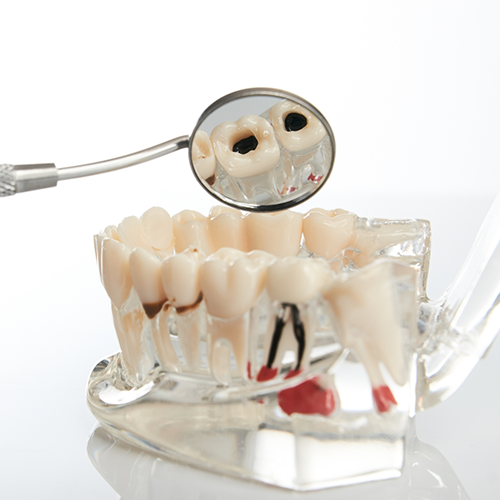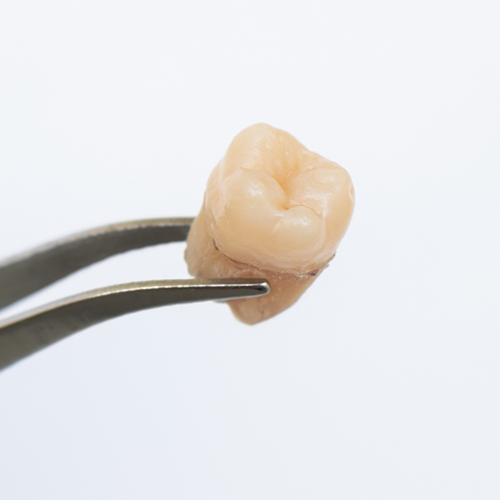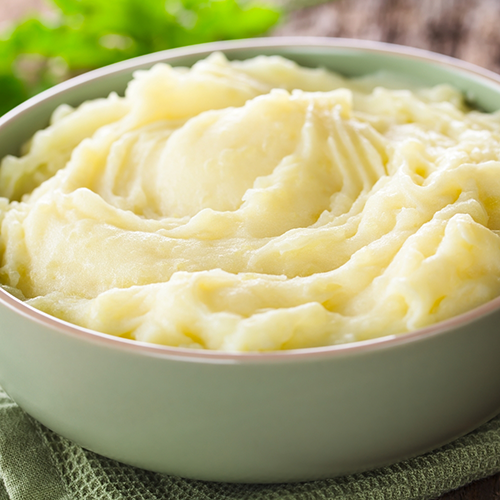Tooth Extractions Canton
Remove Damaged Teeth & Protect Your Smile!
Saving natural teeth is always the first priority for Dr. J.D. Robison and his team. Advancements in dentistry make it easier than ever to keep teeth that are damaged by decay, disease, or injury in the mouth where they belong. But if a tooth is damaged beyond repair, it’s not going to do your oral health any favors. That’s why in some cases, extraction will be needed. Don’t fret, though – we’ll make this process as smooth for you as possible!
Why Choose Robison Dental Group for Tooth Extractions?
- Natural-Looking Tooth Replacement Solutions
- Numerous Sedation Options Available
- Multiple Generations of Families Treated
Do I Need a Tooth Extraction?

Teeth are meant to last a lifetime when properly maintained; however, there are many reasons why a tooth may require an extraction. The most common reasons are severe tooth decay or trauma, though dental disease or injury are not the only reasons to have a tooth extracted. For example, tooth extractions are common for individuals with:
- Crowded mouths
- Inner tooth infections
- A high risk of infection (common with wisdom teeth)
If your tooth is in significant pain or you’ve recently experienced an oral injury that left your tooth severely damaged, it is critical that you get to our office as soon as possible to prevent future problems.
The Process of Removing a Tooth

Keep in mind that all tooth extractions involve the use of local anesthetic to ensure your comfort during treatment, regardless of the complexity of your case.
The nature of your extraction can vary depending on how accessible the tooth is inside your mouth. For example, visible teeth normally require an elevator, a common dental tool designed to break the tooth from the periodontal ligament holding it in place by gently rocking it back and forth. The tooth is then removed with a pair of dental forceps. Alternatively, teeth that are trapped underneath the gums can be accessed by first making an incision in the gum tissue. In some cases, teeth need to be broken apart prior to removal, but this is considered normal.
Recovering from a Tooth Extraction

Immediately following your extraction, you’ll want to take any painkillers that are either prescribed to you or recommended by Dr. Robison. To promote healing, bite down on the gauze pad provided to you. This will reduce bleeding and allow a clot to properly form over the socket. Replace the gauze pad as needed, leaving it in place for three to four hours after the extraction.
During your recovery, make sure to follow all steps recommended by Dr. Robison, including but not limited to the following:
- Use a cold compress to reduce swelling after treatment. Remove and reapply every 10 minutes.
- Rest and avoid strenuous physical activity for at least 24 hours.
- Do not use a straw for the next 24 hours.
- Do not forcefully spit or rinse your mouth out until 24 hours have passed.
- Keep a soft diet during the first day after your extraction, then gradually add more solid foods to your diet as the clot fully heals.
- Continue to brush and floss as normal, making sure to avoid the extraction site.
- Visit our practice right away if fever symptoms appear or if discomfort does not subside after the first week of healing.
I Need a Checkup & Cleaning I am Worried About Gum Disease I am Looking for a Dentist for My Child I Have a Cavity or Broken Tooth I am Missing One or More Teeth I Want to Enhance My Smile I Want a Straighter Smile I am Scared of the Dentist I Have Jaw Pain I Have a Dental Emergency View Our Services

